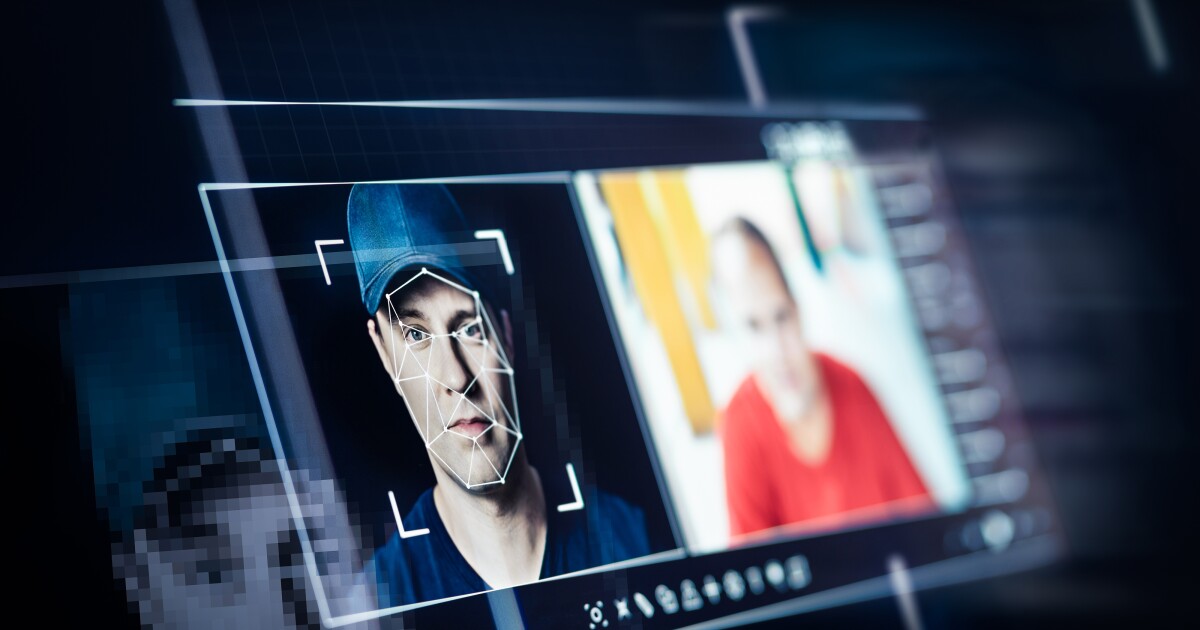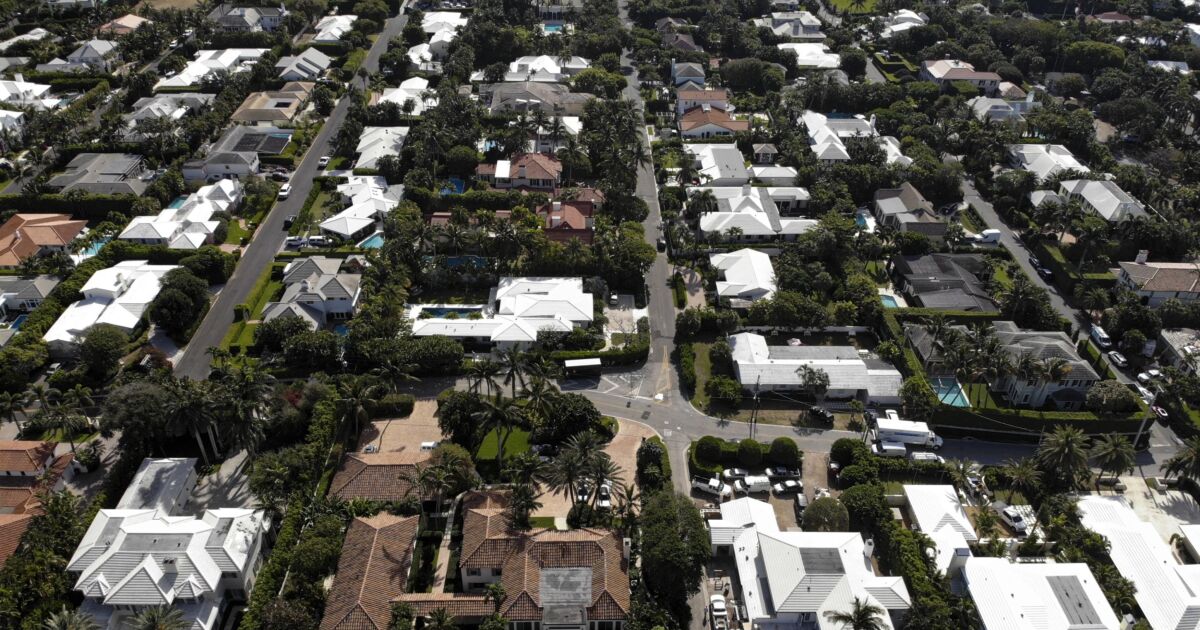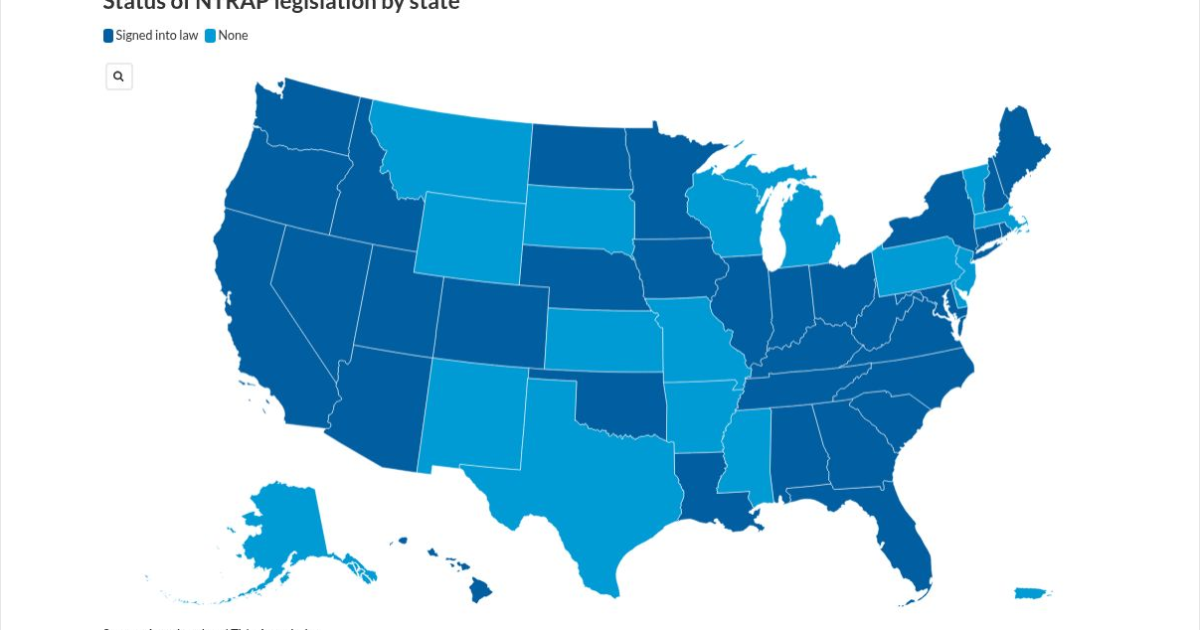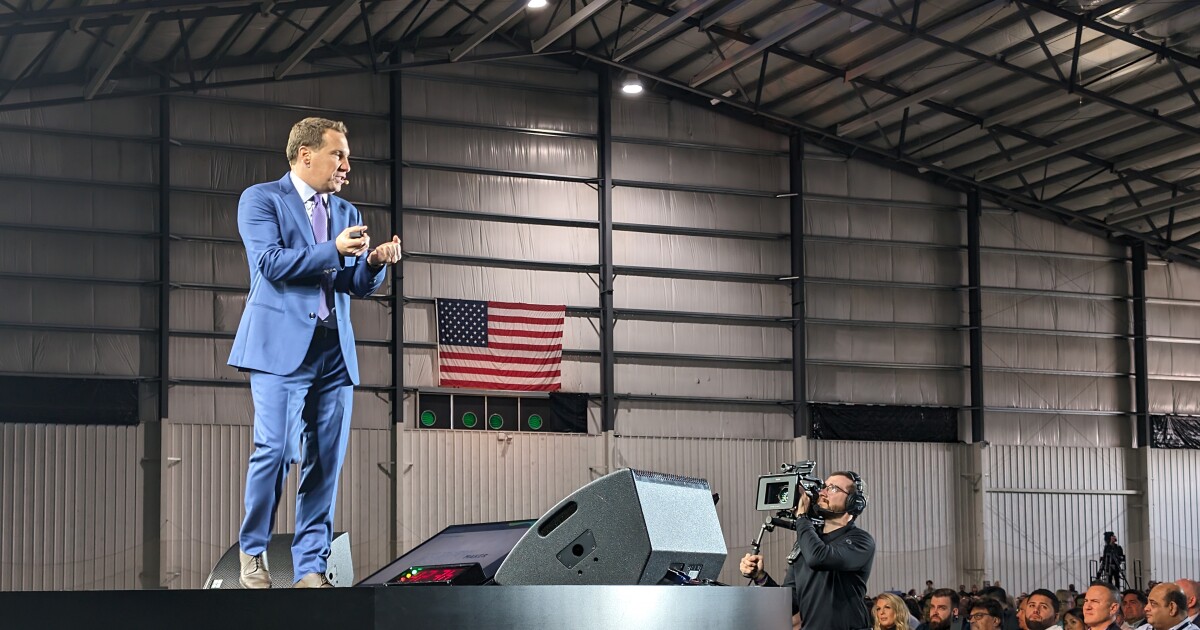
Deepfakes have already shown they can hobble a company financially, and artificial intelligence technology can make fraud easier to commit and
"Every industry right now is grappling with these issues from the retirement industry to the banking industry to auto," said Pat Kinsell, CEO and co-founder of Proof, which facilitates
But home buying and lending stands out as particularly vulnerable because of the nature of the full transaction and the amount of money changing hands, according to Stuart Madnick, a professor at the Sloan School of Management at the Massachusetts Institute of Technology. He also serves as the founding director of Cybersecurity at MIT Sloan, an interdisciplinary consortium focused on improving critical infrastructure.
"A lot of times we're dealing with people that you're not necessarily personally familiar with, and even if you were, could easily be deceived as to whether you're actually dealing with them," he said.
"All these things involve relying on trust. In some cases, you're trusting someone who you don't know but that theoretically has been introduced to you," Madnick added.
Threats aren't just coming from organized large-scale actors either. Since creation of a convincing AI figure relies on having a great deal of data about an individual, deepfakes are often "a garden variety problem." Kinsell said.
"The reality is these are local fraudsters often or someone who is trying to defraud a family member."
Deepfake technology has already proven to have the ability to deceive to devastating effect. Earlier this year, an employee at a multinational firm in Hong Kong wired more than $25 million after video meetings with company leaders, all of whom turned out to be generated by artificial intelligence. In a recent meeting with shareholders, Berkshire Hathaway Chairman, himself, commented that a cloned version of himself was realistic enough that he might send money to it.
Growing threat with no clear remedyWith video conferencing a more common communication tool since the Covid-19 pandemic, the potential opportunities for deepfakes is likely to increase as well. The video conferencing market size is expected to grow almost threefold between 2022 and 2032 from $7.2 billion to $21 billion.
Compounding the risk is the ease at which a fraudulent video or recording can be created through "over-the-counter" tools available for download, Madnick said. The technology is also advancing enough that software can tailor a deepfake for specific types of interactions or transactions.
"It's not that you have to know how to create a deepfake. Basically, for $1,000 you buy access to a deepfake conversion system," Madnick said.
But recognition of risk doesn't mean a silver-bullet solution is easy to develop, so tech providers are focused on educating businesses they work with about prevention tools and methods.
"Things that we would recommend people pay attention to are the facial aspects, because the way people talk and how your mannerisms reflect on video — there are things you can do to spot if it appears real or not," said Nicole Craine, chief operating officer at Bombbomb, a provider of video communication and recording platforms to assist mortgage and other financial services in marketing and sales.
Possible signs of fraud include patterns of forehead wrinkles or odd or inappropriate glare seen on eyeglasses based on the position of the speaker, Craine noted.
As the public becomes
While taking best practices to protect themselves from AI-generated fraud, mortgage companies using video in marketing might serve their clients best by giving them the same regular guidance they provide in other forms of correspondence when they develop the relationship.
"I do think that mortgage companies are educated about this," Craine said.
When a digital interaction ultimately involves the signing of papers or money changing hands, multiple forms of authentication and identification are a must and usually mandatory during any meeting, according to Kinsell. "What's critical is that it's a multifactorial process," he said.
Steps include knowledge based authentication through previously submitted identity-challenge questions, submission of government credentials verified against trusted databases, as well as visual comparisons of the face," he added.
To get through a robust multi authentication process, a user will have to have manipulated a ton of data. "And it's really hard — this multifactor approach — to go through a process like that."
AI as a source of the problem but also the answer
Some states have also instituted biometric liveness checks in some digital meetings to guard against deepfakes, whereby users demonstrate they are not an AI-generated figure. The use of liveness checks is one example of how the artificial intelligence technology can provide mortgage and real estate related companies with tools to combat transaction risk.
Leading tech businesses are in the process of developing methods to apply their learning models to identify deepfakes at scale as well, according to Craine. "When deployed appropriately, it can also help detect if there's something really unnatural about the internet interaction," she said.
While there is frequent discussion
For instance, fraudsters can easily find cybersecurity disclosures companies provide, which are sometimes mandated by law, in their planning. "They must indicate what they've been doing to improve their cybersecurity, which, of course, if you think about it, it's great news for the crooks to know about as well," Madnick said.
Still, the road for safe technology development in AI likely will involve using it to good effect as well. "AI, machine learning, it's all sort of part and parcel of not only the problem, but the solution," Craine said.



